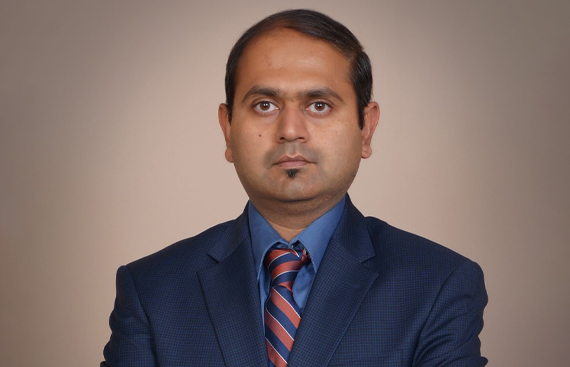Navigating Challenges in Hardware and Software Integration: Lessons Learned from a Camera Development Expert

In the intricate world of hardware and software integration, where the marriage of code and circuitry determines the success of a device, experienced engineers like Karthik play a pivotal role in navigating the complexities inherent in such endeavors. With over 18 years of expertise in embedded software development, Karthik shares invaluable insights and lessons learned from his extensive experience in camera development.
Embedded software, comprising device driver code and middleware, forms the backbone of interactions between hardware components. Contrary to common belief, the sheer number of lines of code is not a reliable metric of software effort in this field. Karthik emphasizes that even a single flipped bit can spell the difference between a non-working and a fully functional system.
One of the critical phases in embedded software development is the bring-up process. This involves testing the software for the first time on the target hardware, which could be freshly assembled in a factory or pieced together with development kits. Each stage of this process, known as bring-up, requires meticulous attention to detail and collaboration between hardware and software engineers.
For embedded camera products, such as those found in cell phones, tablets, and IoT devices, the bring-up process is particularly intriguing. Cameras are typically interfaced through the MIPI CSI2 interface for data transmission, while controls are managed via the I2C bus. Karthik explains the initial steps of camera bring-up, which involve powering on the sensor, establishing communication via I2C, and programming the image sensor to initiate streaming.
This iterative process often involves close collaboration between embedded software engineers and hardware engineers, who work together to probe signals and ensure proper functionality. Once communication with the image sensor is established, engineers proceed to program it to a specific resolution and set the streaming state, configuring other receivers like CSI2 receivers and Image Signal Processor (ISP) drivers accordingly.
However, the journey to achieving a successful bring-up is not without its challenges. Karthik underscores the importance of thorough preparation and planning weeks before the actual bring-up event, as engineers need to study the hardware and software intricacies of the System on Chip (SoC) platform. Debugging tools such as oscilloscopes and logic analyzers are indispensable for troubleshooting high-speed buses like MIPI CSI2.
Despite the challenges, the thrill of seeing the first image captured during bring-up is a moment of celebration for the entire team. Karthik highlights the collaborative effort between engineers spanning hardware, software, and supplier companies, emphasizing the shared joy of achieving a significant milestone in the development process.
As an experienced engineer, Karthik's enthusiasm for bring-up remains undiminished, shared by multiples professionals belonging to the same field and increasing with each successful iteration serving as a testament to the collective expertise and dedication of the team. His insights serve as a guiding light for aspiring engineers, reminding them of the importance of meticulous preparation and collaborative effort in navigating the challenges of hardware and software integration.
